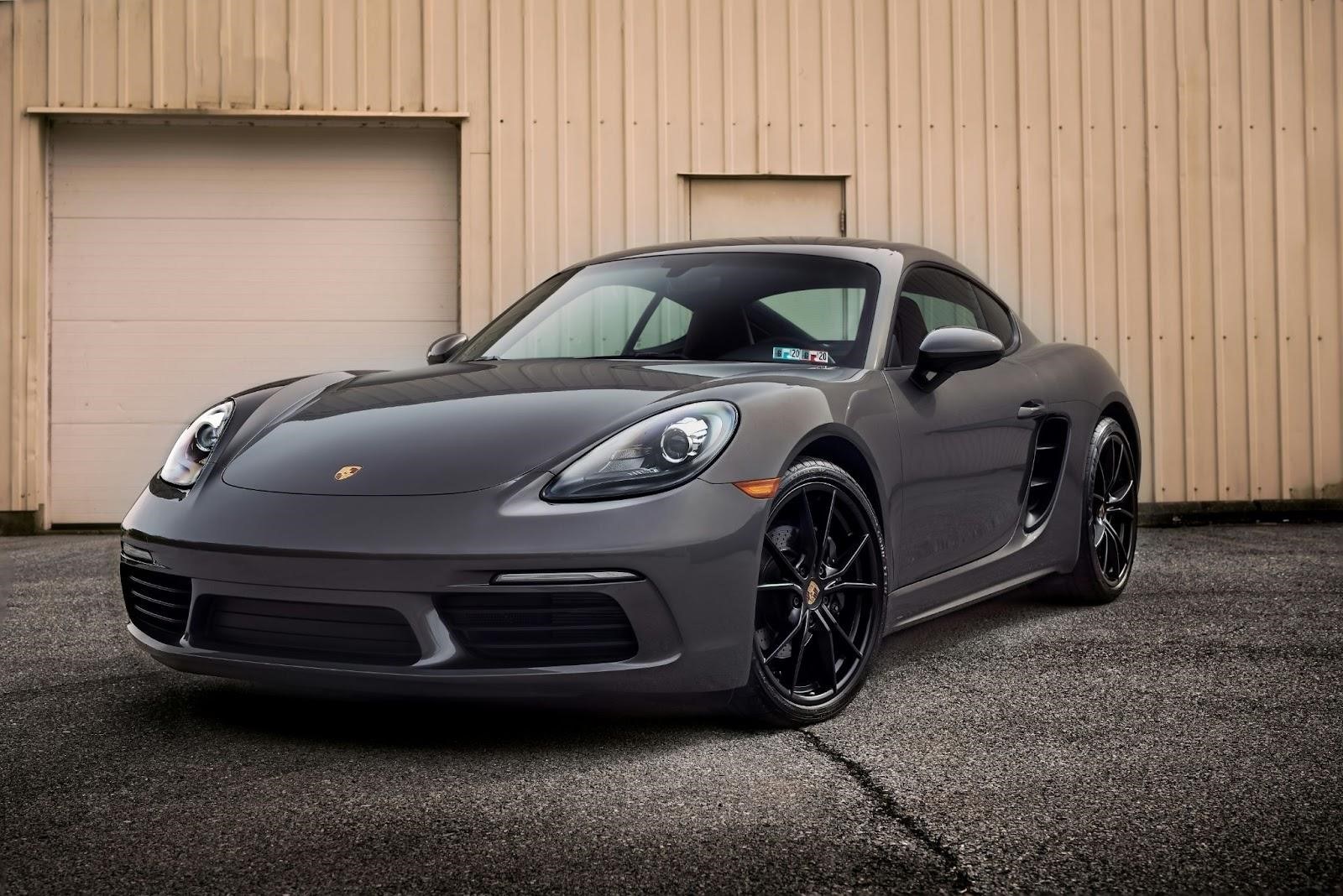The car market in 2025 is set to undergo significant changes driven by technological innovation and sustainability goals. With electric vehicles (EVs) becoming more affordable and autonomous driving technology advancing rapidly, the industry is gearing up for a revolution.
Let’s explore the key trends, opportunities, and pain points shaping the automotive industry's future as it approaches 2025.
1. Adoption of electric vehicles continues to rise
Electric cars are becoming more popular each year. In 2023, the International Energy Agency reported that nearly 14 million new electric cars were added worldwide. This increase brings the total to 40 million electric cars on the road. Compared to 2022, there were 3.5 million more electric cars sold in 2023, which is a 35% increase from the year before.
Several important reasons help explain why more people are buying electric cars. Governments are creating new policies to support electric cars, technology is improving, and it is becoming easier to find charging stations. By 2025, experts believe that many more people will be driving electric cars due to these positive changes.
2. Autonomous vehicles reshaping the automotive industry
Autonomous vehicles, which can drive themselves by sensing their environment, are changing many parts of transportation, logistics, urban planning, and safety. Here are some ways they are making an impact:
- The growth of fast-charging stations, wireless charging technology, and new charging stations in cities and along highways helps people feel more confident about driving electric vehicles (EVs) long distances.
- New battery technologies like solid-state batteries and better lithium-ion batteries are helping EVs store more energy. This means they can drive longer distances on a single charge.
- EV makers are working to be more environmentally friendly not just by reducing car emissions but also by using sustainable materials and recycling old car batteries.
Safety and Regulations: Self-driving cars could greatly reduce traffic accidents, most of which are caused by human mistakes. Governments around the world are updating their rules and safety standards to make sure these vehicles are safe for our roads.
3. Rise of Connected Cars
Connected cars are becoming more common, with experts predicting that 175 million drivers in the United States will use these systems by 2027. This increase is driven by advancements in both mobile-connected systems like Apple CarPlay and Android Auto, and the growing number of electric vehicles (EVs) that come with advanced, built-in operating systems.
As car makers switch to electric vehicles, they are also enhancing their connected car systems. These systems improve in-car entertainment, provide better navigation, and open new ways for advertising.
With these improvements, car makers and technology companies are competing to control the data and systems used for in-car media. This competition creates new chances for advertisers and media companies to connect with people while they are driving.
4. Car Sales Shifting Online
The way we buy cars is changing. In July 2020, Kelley Blue Book reported the average new vehicle price in the United States to be $38,378. Despite these high costs, more and more car sales are moving online, driven by several compelling factors:
- Convenience and Transparency: Online car sales platforms allow buyers to shop for vehicles from the comfort of their homes. These platforms provide detailed information about each vehicle, including performance specifications and customer reviews, offering a level of transparency that today’s consumers appreciate.
- Growth of Online Marketplaces: Websites like Carvana, Shift, and Vroom have transformed the car buying experience. These platforms enable customers to purchase cars without ever stepping foot in a dealership. They have enhanced the online buying process by including options for vehicle delivery, warranties, and even return policies to ensure buyer satisfaction.
- Customization and Financing: Online car sales platforms often feature tools that help buyers customize their car purchases. They also provide information on financing options, trade-ins, and extended warranties, making the buying process more streamlined and user-friendly.
5. Growth of the Automobile Parts Market
The Automobile Parts Market is on the rise, expected to hit USD 393.22 billion at a CAGR of 3.62% from 2022 to 2027. This growth is due to several key factors, such as:
- More and more, vehicles use advanced technologies. This need for newer technologies is pushing up the demand for both new and replacement parts.
- Services for car repair and maintenance are moving online. This change is making services quicker and more available to more people.
- There is a strong demand for certain parts, like rubber-bonded abrasives. Major contributors to this demand include countries like the US, Germany, China, the UK, and Japan. The US is at the forefront and is expected to bring in significant revenue.
- Big companies like Goodyear are leading the market. Goodyear sells popular auto parts like Cooper Endeavor Plus and Discoverer EnduraMax through its subsidiary, Cooper Tire and Rubber Company.
- The increasing popularity of electric and hybrid vehicles is also changing the market. This shift encourages new developments in battery technology and parts designed for electric vehicles.
Using data from 2022 to 2027, this analysis provides a clear view of a market that is growing and changing.
6. Hybrid Cars Will Embrace a Comeback
Hybrid cars are making a strong comeback, serving as a practical choice between traditional cars and fully electric vehicles. They're becoming more popular with both buyers and car makers.
For example, in a recent list of the top 10 vehicles for 2024 by Consumer Reports, six were hybrids, and Toyota made four of these. This shows that more and more people are choosing hybrids.
In France, the number of new hybrid cars is also going up. In the first two months of 2024, 36.7% of all new cars registered were hybrids. This is a 4.8% increase from last year. Electric cars are becoming more popular too, but hybrids are gaining faster.
In Europe, companies like Toyota, Renault, and Hyundai are leading the hybrid market. In the United States, Ford and General Motors (GM) have also started to focus more on hybrids.
Ford expects its hybrid sales to grow by 40% in 2024. GM is also paying more attention to hybrids now, even though they mainly focused on electric vehicles before.
Similarly, Land Rover has decided to delay its electric vehicles and focus more on hybrids.
This shift is noticeable in the stock market too. Tesla's stock has gone down by 18% since the start of the year, while Toyota's stock has gone up by 39%.
8. Luxury Car Brands Set To Grow

The luxury car market is expected to grow a lot in the next few years. People are looking for cars with better features, electric options, and more comfort. The market is projected to grow from $738.63 billion in 2024 to $967.65 billion by 2029, which is an increased rate of 5.55% each year.
Some of the top car brands are ready to take advantage of this growth. These brands include:
- Mercedes-Benz Group AG
- BMW AG
- Volkswagen Group
- Tesla Inc.
- Jaguar Land Rover Automotive PLC
These companies are leaders in making luxury cars and are well-placed to meet the growing demand. The Asia-Pacific region is expected to grow the fastest, while North America remains the biggest market for these cars.
This means we can expect to see more fancy and high-tech cars on the roads as more people choose luxury vehicles.
The Bottom Line
Looking ahead to 2025, the automobile market is changing fast. We see more electric and hybrid cars, more online sales, and more luxury options. These changes show that car companies are keeping up with new technology and what people want, making the future of cars exciting for everyone.
Want to know more about evolving car trends and what we can look ahead to in 2025? Contact Nexus Auto Transport, the most reliable car shipping company in the U.S. With 9+ years of experience and 150,000+ vehicles transported, you can’t go wrong with this one.



